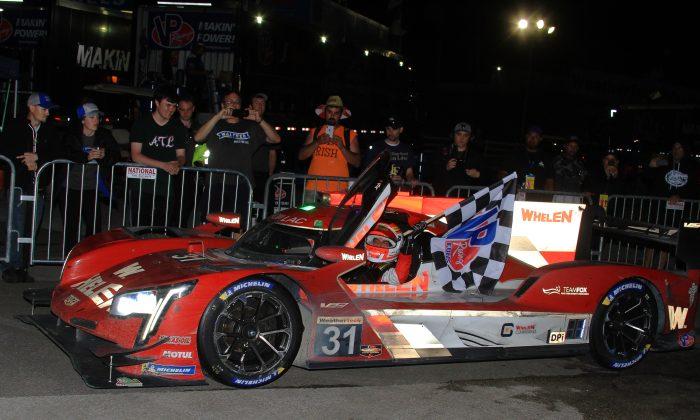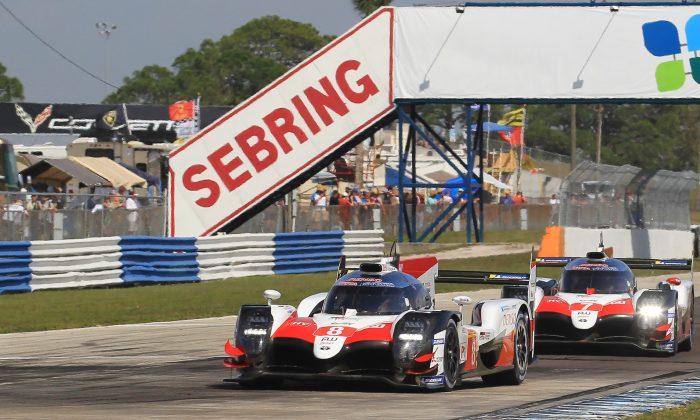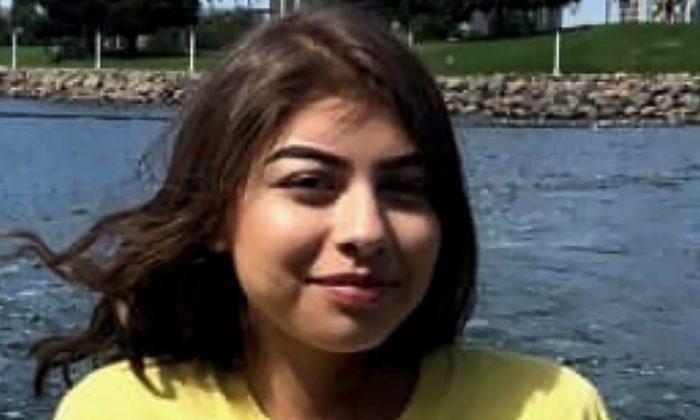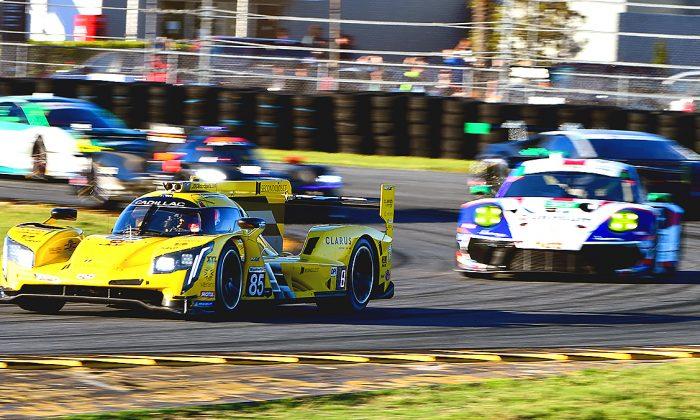BMC’s Tejay van Garderen has finally won his first major stage race, finishing first in the 2013 Tour of California.
Van Garderen has been one of the hottest prospects in American cycling for several years.
Since turning pro in 2009 he has amassed a host of Best Young Rider awards: Tour of California, USA Pro Cycling Challenge, Paris-Nice—and some podium finishes in major stage races: Tour of Turkey, Critérium du Dauphiné, USA Pro Cycling Challenge, Tour de San Luis, Critérium International, and fifth in the 2012 Tour de France—but had never broken through with a win.
He got that all-important first major stage-race win at the 2013 Amgen Tour of California, taking the race lead in Stage Five and keeping it until the finish.
“It’s a big relief,” van Garderen told NBCSN’s Bob Roll. “It’s a weight off my shoulders—I got the monkey off my back. Hopefully this gets the ball rolling and I can start racking up some more.”
“The absolute highlight was the time trial, the stage win—it seemed like everything just went perfect that day,” said van Garderen. “Then yesterday up Mount Diablo—that was just such a team effort and I was so proud of my boys, controlling from kilometer zero to two hundred meters to go it was just really special thing that we did yesterday.”
Van Garderen beat 2010 winner Michael Rogers by 1:47 and Colombian climbing ace Janier Acevedo by 3:26.
Those are substantial margins for an eight-stage race, and they show that the 24-year-old rider has mastered both the mountains and the time trials, and has developed the performance, endurance, and strategy needed to win against the best in the world.
Van Garderen showed his understanding of racing in Stage Five, where he seized the race leader’s yellow jersey.
Strong crosswinds gave RadioShack-Leopard a chance to split the peloton two-thirds of the way through the stage. Seventeen riders—including van Garderen—escaped from the peloton and stayed away until the finish. Race leader Janier Acevedo was caught off guard couldn’t catch the breakaway, losing the jersey.
Van Garderen won the next stage, the individual time trial, by nearly 30 seconds. Stage Seven, with its summit finish atop Mount Diablo, was the last chance for his rivals to catch him, but van Garderen performed strongly here too, finishing third, only twelve seconds behind the winner.
Climbing skill alone is not enough to win a Grand Tour; a time trial expert can make up for time lost in the mountains. A time trialer who cannot climb, though, cannot. And a team leader who cannot anticipate attacks on a flat stage will get left behind, and never have a chance to compete the later stages. Van Garderen has proven his mastery of all the skill needed to win the biggest races in cycling.
Van Garderen, who rides for BMC, a Swiss-sponsored, American-based team, is the nation’s best hope as a grand Tour contender, a rider who could bring home a victory in the Tour de France, or the lesser known but equally important Giro d’Italia or Vuelta España.
The Tacoma, Washington native might get his chance this July, depending on how team co-leader Cadel Evans performs. Evans won the Tour in 2011 but had a terrible year in 2012.
So far Evans has been riding well through the first two weeks of the Giro d’Italia, but even if he is on form, he might still be tired when the Tour starts several weeks after the grueling 21-stage Italian race. If Evans falters, the young American might be given his head—and team support—to ride for the win against the likes of cycling stars Alberto Contador and Bradley Wiggins.
Van Garderen played down the possibility of him leading the BMC squad in the Tour:
“Cadel’s riding amazing in the Giro right now—it‘s great for BMC to be riding so well on both continents and we come to the tout with a one-two punch and we’re going to need all the horsepower we can to in order to beat Sky and Contador,” Sky being the team of Bradley Wiggins.
Sagan Wins a Second Stage
Stage Eight, as with many final stages of multi-day events, was mostly a parade, with a few hot laps at the end. The day mattered for the contenders in the points classification, where Cannondale’s Peter Sagan led Garmin-Sharp’s Tyler Farrar by one point, but otherwise the stage was planned a short tour through the California wine country, not a race.
The day didn’t quite go as planned.
“It started out pretty routine—three guys got away and the sprinters’ teams controlled,” van Garderen explained, “but they were actually really hard to bring back. Seems like the sprinters’ teams were throwing everything to try to get them back, so it ended up not being such an easy day—but beautiful route, beautiful roads and we got to take in the scenery a little bit and sit back and enjoy it.”
Those “three guys”— Vacansoleil’s Thomas de Gendt , Bissell’s Jason McCartney, and Bontrager’s Antoine Duchesne—attacked in the first ten kilometers of the 130-km stage and stayed away for 110 kilometers. The peloton wanted to catch them before entering Santa Rosa, where the riders would turn two 4-km laps of the city.
De Gendt surrendered 22 km from the finish, exhausted by the week’s efforts; Duchesne attacked and McCarty also slowed down. Duchesne pressed on, opening a gap of a minute 16 km from the finish. McCarty, seeing Duchesne’s success, chased after and the pair traded counterattacks until finally the peloton caught them 10 km from the line.
The reset of the stage belonged to the sprinters’ teams. Cannondale initially took the lead, with Optum, Garmin, Orica-GreenEdge, and Omega Pharma-Lotto all fighting for the front of the peloton. Garmin, riding for Tyler Farrar, pulled up alongside the Cannondale train at the start of the final lap and moved into the lead with 3.8 km to go.
With just over two kilometers left in the stage, Garmin was running out of firepower; they had moved too early. With only two riders left to pull Farrar, Garmin couldn’t hold the pace, and as the peloton passed under the one-kilometer banner, Cannondale brought Peter Sagan to the front of the peloton.
Cannondale was immediately swamped swamped by Orica-GreenEdge, Optum, and a bunch of solo riders. Sagan managed to stay near the front and launched before everyone else.
The pure sprinters were at a disadvantage because of the fractured leadouts and the slight uphill slope of the road, but Sagan was in his element. The Cannondale sprinter crossed the line two lengths ahead of the rest.
It was the 23-year-old Slavic riders’ tenth Tour of California stage win and marked the fourth time (in four attempts) he had won the points classification.
NetApp-Endura’s Daniel Schorn snuck through to take second, while Tyler Farrar, caught off-guard by Sagan’s early launch, finished third.





